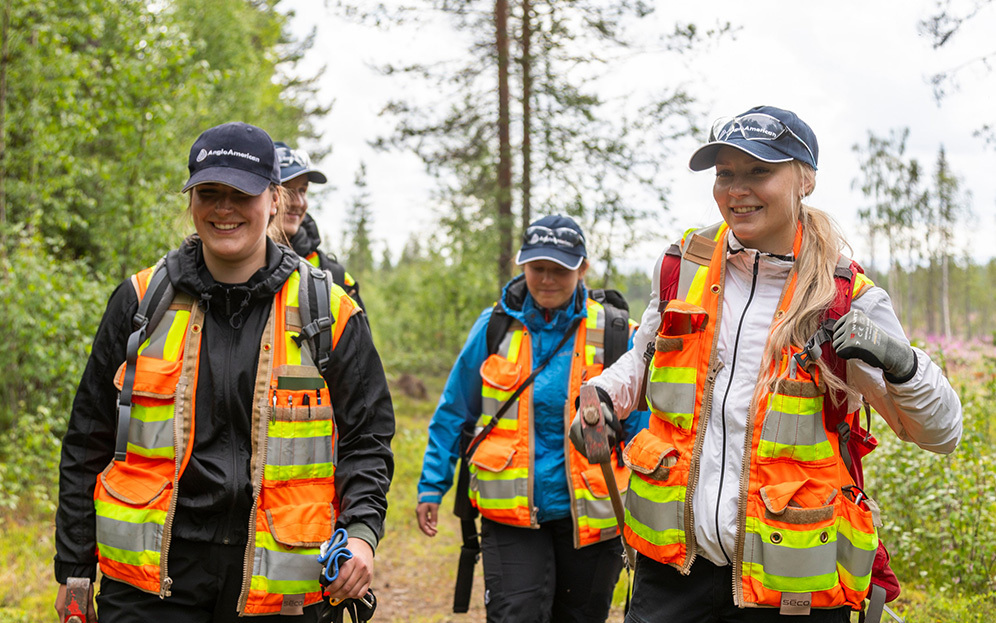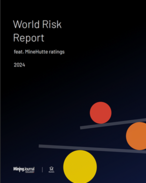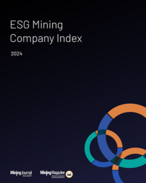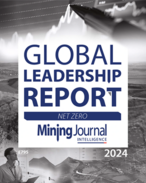The European Commission (EC) has designated 47 projects across 13 EU countries as strategic under the newly formed Critical Raw Materials Act (CRMA), which aims to boost the domestic production, processing, and recycling of key minerals.
The move is part of an ongoing strategy to reduce reliance on third-country imports and secure the supply chains for green energy, technology, and defence industries.
Notable projects include Anglo American's Sakatti copper project in Finland, European Metals Holdings' Cinovec lithium project in Czechia, and other major ventures such as Eramet's nickel extraction in France and Savannah Resources' Barroso lithium project in Portugal.
With strategic status, these projects will benefit from an expedited permitting process and more financial support from EU institutions. However, some projects risk being challenged by NGOs and community associations, who argue that they come with environmental and social outcomes that cannot be ignored.
YOU MIGHT ALSO LIKE
European minerals
The CRMA sets ambitious targets for European raw material self-sufficiency by 2030: extracting 10%, processing 40%, and recycling 25% of the EU's demand for critical minerals.
"The Critical Raw Materials Act, entered into force in May 2024, identified the first list of strategic raw materials. Those raw materials are considered strategic since their projected demand growth compared to current levels of supply, combined with the difficulties of scaling up production, are likely to create supply risks in the near future," a Commission spokesperson told Mining Magazine. "The Strategic Projects will develop EU capacity along the value chain and contribute to deliver on the 2030 benchmarks identified in the Act."
According to the spokesperson, projects selected as Strategic must "make a meaningful contribution to the security of the Union's supply of strategic raw materials." Projects are also required to become technically feasible within a reasonable timeframe, show expected production volumes, be implemented sustainably, and have cross-border benefits within the EU.
The spokesperson said strategic projects will be presented and discussed within the financing subgroup of the Critical Raw Materials Board. This group will advise on how financing can be completed, considering private and public sources of funding.
"This sub-group brings together relevant national promotional banks, the European Investment Bank, the European Bank for Reconstruction and Development, and private financial institutions, among others. The sub-group will soon meet to discuss how each Strategic Project can be financially supported."
"A Strategic Project can also benefit from the possibility of regional and national authorities making use of funding from the European Development Fund and Cohesion Fund to support the project, in line with the new STEP Regulation. These funds are administered by regional and national authorities, and the Commission ensures that supported projects are successfully concluded."
Major projects
Anglo American's Sakatti project in the Finnish Lapland is one of the largest to be designated as strategic. It is expected to produce around 100,000t of copper-equivalent metals annually starting in the early 2030s.

"The EU currently produces about 4% of the critical minerals it needs and has a stated ambition to increase this to 10%. With Sakatti expected to deliver around 100,000t of copper equivalent metal production per year from the early 2030s, we expect to play a significant role in helping to build Europe's capacity," Alison Atkinson, Anglo American's projects & development director, said.
European Metals Holdings' Cinovec lithium project, which contains the EU's largest hard-rock lithium resource, is also expected to contribute to Europe's battery supply chain. The company is progressing towards definitive feasibility by mid-2025 and will submit its environmental impact assessment by the end of the year.
"The designation of the Cinovec project as a Strategic Project under the CRMA represents confirmation of the advanced stage of development of the Project," European Metals said in a statement. The company will now work with the Czech government on a binding permitting schedule.
Other projects receiving Strategic Project status include France-based Eramet's nickel extraction project, Portugal's Barroso lithium project by Savannah Lithium, and Euro Manganese's Chvaletice manganese project in Czechia.
Fast-Tracked approvals
Projects designated as Strategic will have their permitting processes capped at 27 months for extraction projects and 15 months for processing, recycling, and substitution projects—far shorter than the usual five-to-ten-year timeline.
The European Commission is also working with member states and financial institutions to provide funding and connect project developers with buyers. The total capital investment required for the 47 projects is estimated at €22.5 billion (US$24.3 billion).
Speaking at Benchmark Mineral Intelligence's Giga Europe 2025 last week, Madalina Ivanica, deputy head of unit at the European Commission, spoke about the urgency of implementing the Critical Raw Materials Act.
"What we wanted to do was ensure a secure and sustainable supply of critical materials for European industry," she said. "We have a war - wars actually - happening, so we realised we needed to be stronger internally and build our domestic capacities."
Ivanica also said that the continent needed to be better prepared for disruptions such as export restrictions.
Circularity is a key pillar, and that is reflected in the choice of many of the strategic projects, such as the Project Fortum Hydromet in Finland and Italy's RECOVER-IT, that are dedicated to recycling. The Finnish project recycles lithium, graphite, copper, nickel and cobalt, while the Italian one focuses on copper, nickel and platinum-group metals.
Diversification of supply chains is another vital strand.
"We don't have everything in Europe, and even if our domestic capacities [are stronger], we still need to have supplies from third countries," Ivanica said. "We will build a whole raw materials diplomacy to strengthen alliances and partnerships with resources [rich] countries and like-minded countries."
Overall, 22 lithium projects, 12 nickel projects, 10 cobalt projects, and 7 manganese projects have been included in the list.
The Commission is set to announce a new call for Strategic Project applications later this year, signalling that Europe's push for critical raw materials is far from over.
Trouble ahead
However, not everyone is delighted that these projects will receive a boost.
NGOs and community associations from Romania, Portugal, Germany and Spain announced today they will challenge the decision to back some of the 47 projects in their countries.
They say they come with significant social and environmental risks.
Several have been the subject of protest for years, including the Rovina copper-gold project in Romania, which is the largest of its kind in the European Union, and the Mina do Barroso project in Portugal.
"The extraction of cheap raw materials for the automotive industry jeopardises our way of life," said Nelson Gomes from northern Portugal, who opposes the Barroso lithium project. He fears it will disrupt livestock farming in the region.
The project was given the green light by the Portuguese Minister of Environment and Energy at the European Raw Materials Council in February, but it remains to be seen if everyone in the local community will accept those projects that will now be forging ahead with extra funding and support.


























